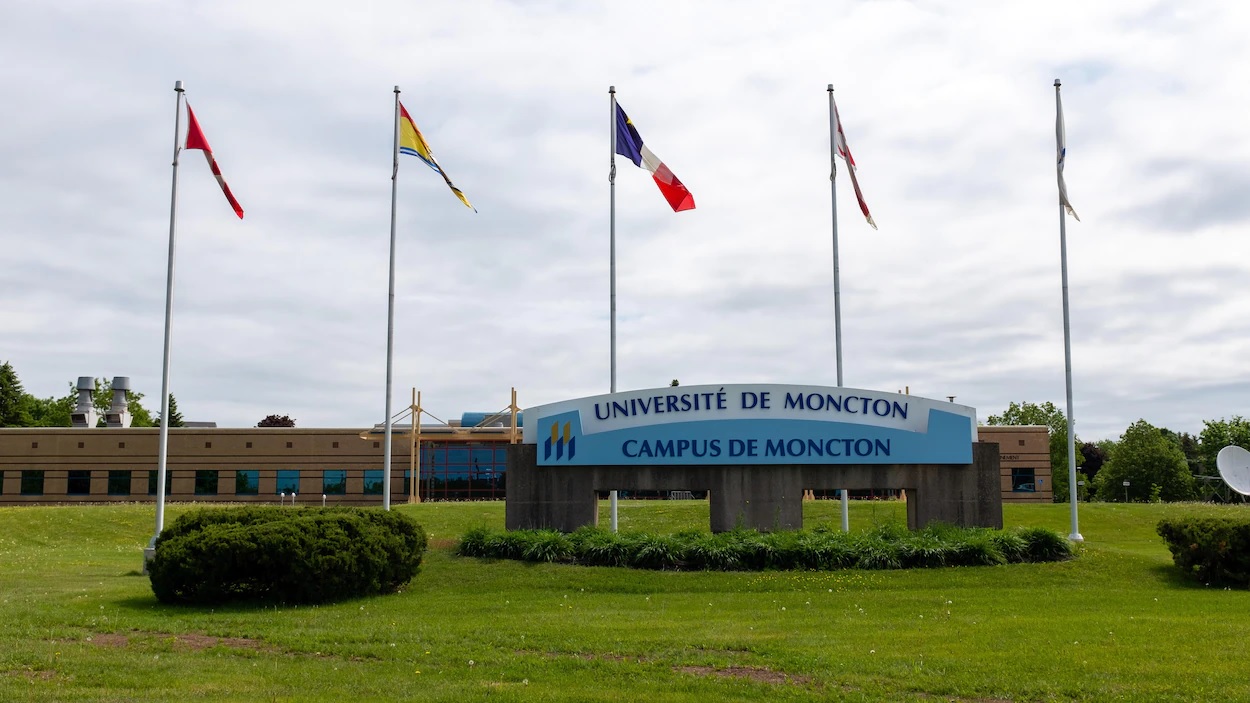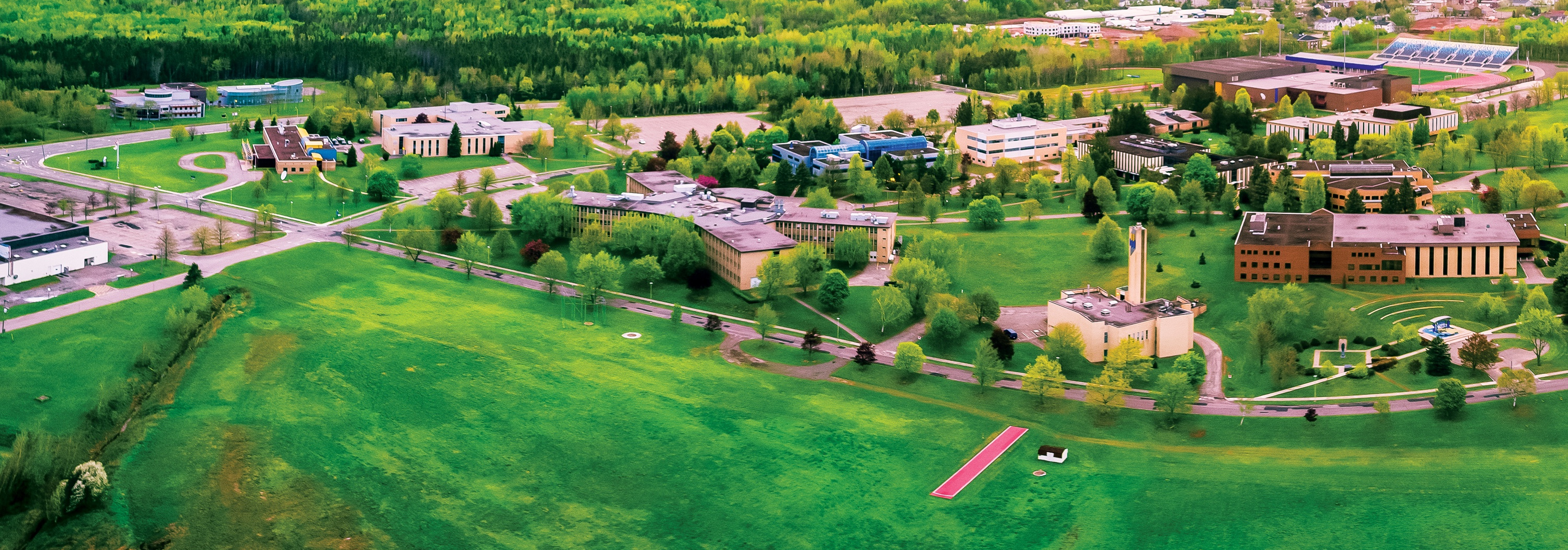KEYNOTE SPEAKERS

|
Habib Hamam
Research professor, Research director in EMAT laboratory, University of Moncton
|
Title:Dissemination of scientific research results: trends, threats and prospectsAbstract:Currently we are experiencing a boom in publications and graduations. Rapid and abundant open access publications by gigantic publishers, such as Hindawi, MDPI and SAGE, require deep thought. Scientific integrity is in question. On top of that comes the adoption by universities, and employers in general, of biometric criteria, such as the H-index which is affected by these abundant publications, will shape the future of research and development in a way that is not necessarily reasonable. A researcher who strives to explore new concepts or directions to produce pioneering results to fill knowledge gaps needed to develop new policies, standards, products, services, technologies or new and innovative processes, this researcher can no longer compete with researchers who incessantly publish very incremental results. The future of our graduates and young researchers will depend on the future decisions of stakeholders in relation to these aspects. Hence, a moment of reflection is needed. This conference will discuss all these aspects, try to predict future trends and propose solutions. Artificial intelligence will be taken as an example..Biography:Professor Habib Hamam (Senior Member, IEEE) received the B.Eng. and M.Sc. degrees in information processing from the Technical University of Munich, Germany, in 1988 and 1992, respectively, the Ph.D. degree in physics and applications in telecommunications from the University of Rennes I conjointly with France Telecom Graduate School, France, in 1995, and the Postdoctoral Diploma degree “Accreditation to Supervise Research in Signal Processing and Telecommunications” from the University of Rennes I, in 2004. From 2006 to 2016, he was a Canada Research Chair holder in “Optics in Information and Communication Technologies,” for a period of ten years. He is currently a Full Professor with the Department of Electrical Engineering, University of Moncton. His research interests include optical telecommunications, wireless communications, diffraction, fiber components, RFID, information processing, data protection, COVID-19, and deep learning. He is a Senior Member of OSA, and a Registered Professional Engineer in New-Brunswick. He is among others Editor-in-Chief of CIT-Review and an Associate Editor of the IEEE Canadian Review.. |
|
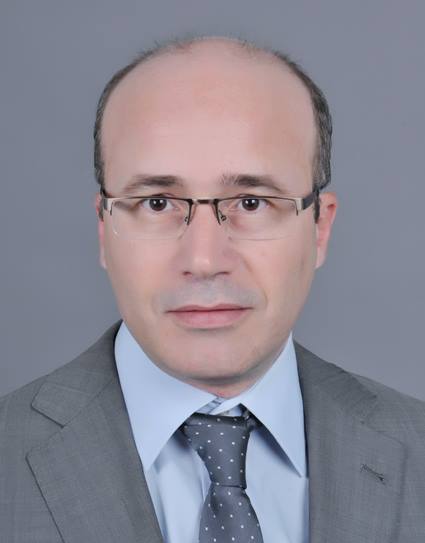
|
Mehrez Zribi
CESBIO
|
Title:Contribution of satellite observation for monitoring water and carbon cycles in the context of climate changeAbstract:In the context of the strong climatic and anthropogenic changes undergone by the Earth, the scientific activity is very rich to allow a precise and continuous monitoring of the various climate variables. This involves an essential modeling component to establish scenarios for the future and also a strong observation dynamic. For a long time, this observation has been particularly ensured by numerous in situ measurement networks. For several years, Earth observation has become an essential tool for spatio-temporal monitoring. The contribution of space is very important to have a global vision of the evolutions and to ensure the analysis of the climatic anomalies. This concerns the water and carbon cycles, with variables on continental surfaces, ocean surfaces and the atmosphere. The proposed presentation aims to give an overview of this rich space activity and its evolution in recent years..Biography:M. Zribi is a Director of Research in CNRS (French National Scientific Research Center) and the Head of CESBIO (Centre d’Etudes Spatiales de la BIOsphère). In 1995, he joined the Centre d’Etude des Environnements Terrestre et Planétaires Laboratory [Institut Pierre Simon Laplace/CNRS], Vélizy, France. In 2001, he joined CNRS organism to develop microwave remote sensing research applied to land surface. Since October 2008, he has been with the Centre d’Etudes Spatiales de la Biosphère, Toulouse. During the period (2008-2012), he was with the French Institute of Research for Developement to develop researches in water resources based on remote sensing in semi-arid regions. He is expert on microwave remote sensing applied to land surfaces. Mehrez Zribi has published actively in refereed journals with high impact factor (150 papers). He coordinated publication of 20 books about remote sensing for land surfaces. His H index (Web of Science) is equal to 48. He coordinated and participated to several research projects funded by different research programs (CNES, ANR, ESA, FP5, FP6, FP7 etc). He is associated editor for three international journals (Geophysical instrumentation, Methods and data systems (EGU), Nature/Scientific Reports and Remote Sensing/MDPI). He is senior member of IEEE Geoscience and Remote Sensing. |
|
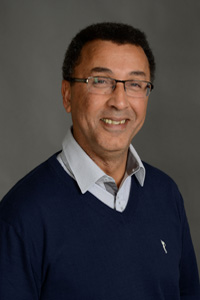
|
Habib Benali
Scientific Director, PERFORM Centre and Professor, Department of Electrical and Computer Engineering Faculty of Engineering and Computer Science Concordia University Montreal, QC,
|
Title:Virtual brain activity and predictive physiopathologyAbstract:The objective of our research program in Biomedical Imaging and Healthy Aging is to better understand brain activity in healthy aging and to shed light on factors predicting conversion to neurodegenerative disease. Indeed, understanding neuronal activity, brain metabolism and patho-physiological process will enable the development of innovative mathematical models by combining biological and biomedical images from the basic modelling of the brain's anatomo-functional circuits to models of tau protein accumulation. In such “virtual brain activity and pathology” environment, the outcome of brain disease development for individual subjects can be foreseen by simulations. Numerical simulation tools would allow prediction of the progress of the disease as well as an understanding of its causes, which remain uncertain. This numerical approach is a new paradigm of the study of the patho-physiological process in healthy aging of subjects at-risk for neurodegenerative disease. This approach, referred to as “predictive physiopathology”, offer better health through prevention..Biography:Habib Benali completed my PhD in Applied Mathematics and Statistics at Rennes University in 1985. He joined the French National Institute of Health and Medical Research (INSERM) in 1989. He served as Head of the Laboratory of Functional Imaging (INSERM U678 unit with over 65 members) from 2008 to 2013 and Deputy Director of the Biomedical Imaging Laboratory (with over 100 members), INSERM - The National Center for Scientific Research (CNRS) and Sorbonne University until 2015. Together with Prof. Julien Doyon, from the Université de Montréal (UdeM), he founded and became co-director of the International Laboratory of Neuroimaging and Modelisation of the INSERM-Sorbonne University and UdeM administrative bodies in 2007. He is a regular research member of the Centre de Recherche Mathématiques of UdeM since 2002 and a researcher at Centre de Recherche de l’Institut Universitaire de Gériatrie de Montréal, UdeM, since 2005. He is currently the Scientific Director for the PERFORM Centre, NSERC Canada Research Chair Tier 1 in Biomedical Imaging and Healthy Aging and Professor at the Faculty of Engineering and Computer Science at Concordia University. In the last 30 years, he has gone from starting a new neuroimaging research activity to directing a productive laboratory in France a nd Canada with activities that span from the development of new mathematical modeling and image analysis techniques to cognitive neuroscience and clinical applications. During this productive time in his scientific career, he published more than 300 peer reviewed papers in the best scientific journals. He is a member of national and international per review committees, executive committees and member of Advisory Board & committees. |
|
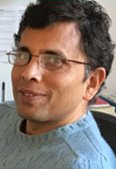
|
Bhiksha RAMAKRISHNAN
Carnegie Mellon University, Pittsburgh,
|
Title:
Privacy and Security Issues in Speech Processing
|
|
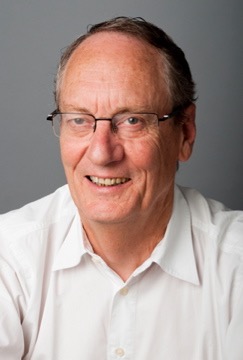
|
Gérard CHOLLET
Télécom-SudParis (SAMOVAR),
|
Title:
Self-Supervised Speech Processing
|
|


